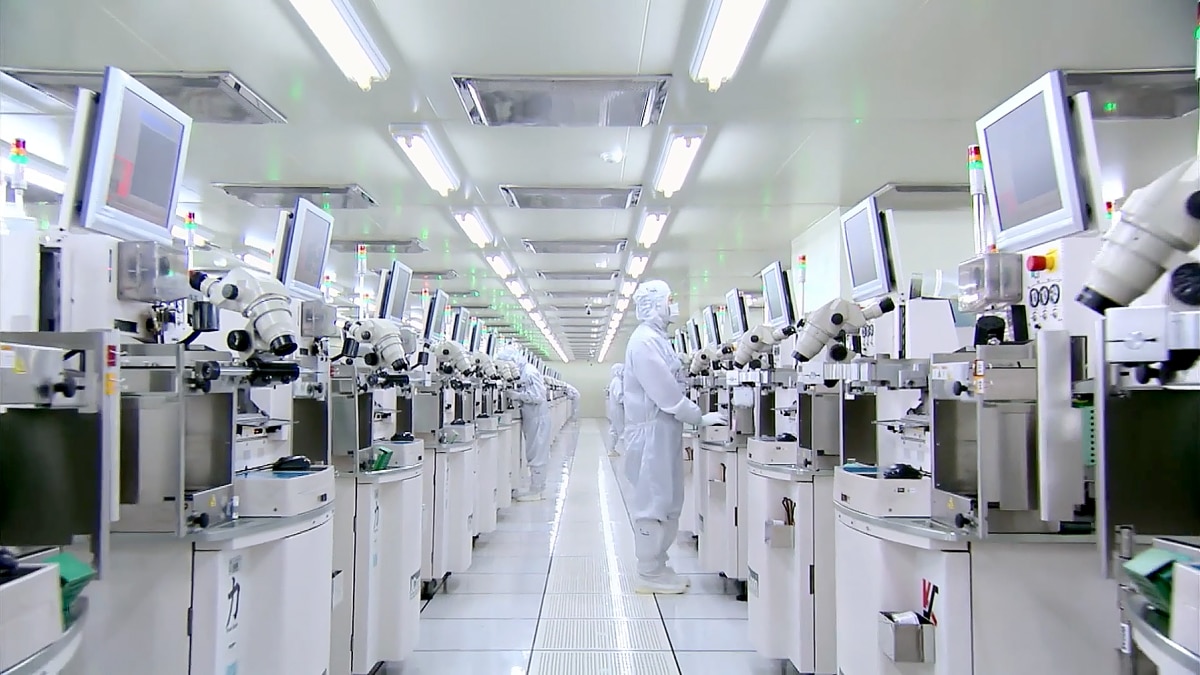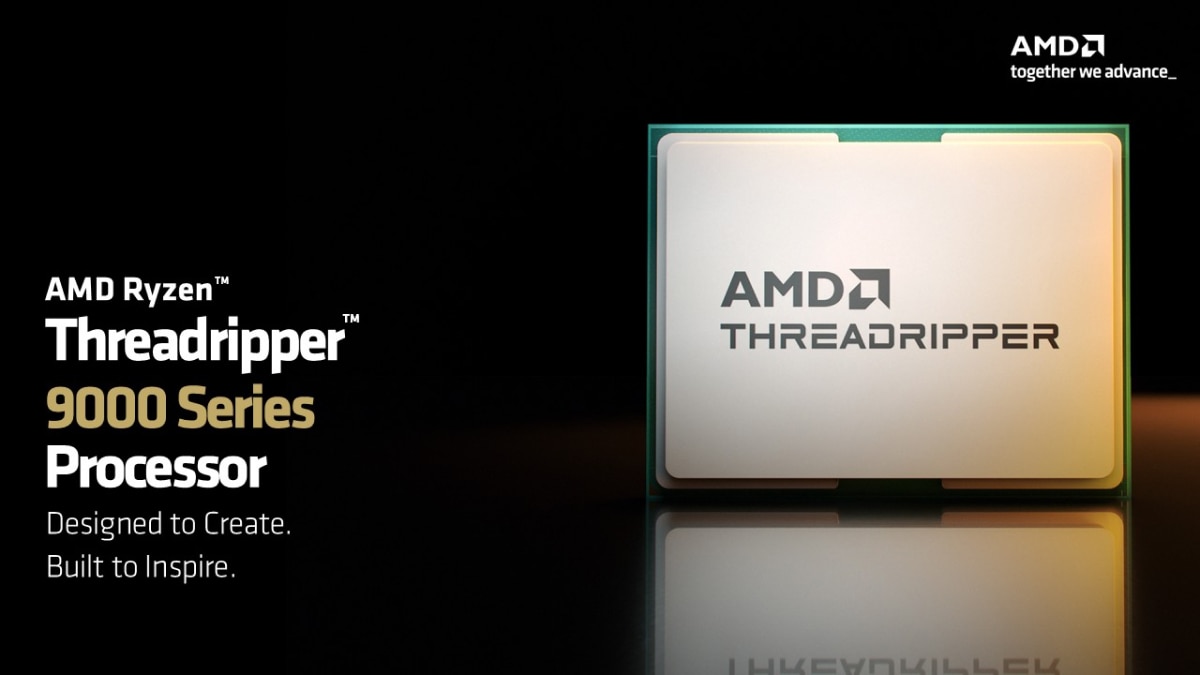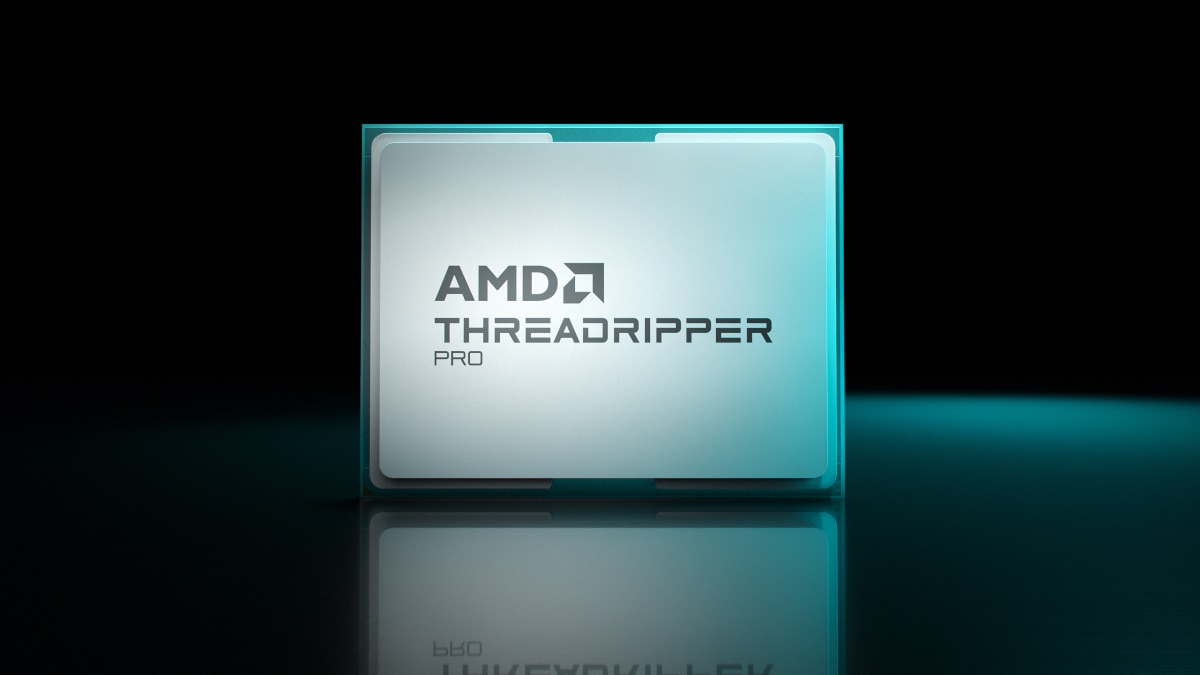AMD, ASE Advance State-of-the-Art Semiconductor Assembly
Jun 05, 2025
Often, when semiconductor companies talk about chip manufacturing, they are referring to the specific process of applying masks and etching silicon wafers that takes place in advanced foundries. While these are critical steps in chip production, they don't result in a functional processor in and of themselves. Fully processed wafers are often transferred from the foundry manufacturer to an OSAT (Outsourced Semiconductor Assembly and Test) firm. There, newly built processors are mounted to underlying substrates, connected to other processors, and checked for errors.
ASE Technology Holdings is the largest OSAT in the world, with facilities in Taiwan, China, Japan, Korea, Malaysia, and Singapore. It assembles and tests electronics for semiconductor manufacturers across the planet and has collaborated with AMD to develop 2.5D interposers and other advanced packaging since 2007.
But it's one thing to build parts for a customer and something altogether different to adopt that customer's hardware into your own lines of business. ASE's collective requirements run the gamut from lightweight mobile systems to data center systems with dozens to hundreds of available CPU cores.
"We need to handle a big volume of data analysis, including leading-edge technology for AI applications and our smart factories," said Jekyll Chen, Director, IT Infrastructure, ASE. "We work for many semiconductor companies. Our challenges are the need for high performance, low latency, and high core count, in alignment with ASE's ESG policy. Stability and scalability are two primary goals for us."

After seeing several presentations from AMD CEO Lisa Su and conducting its own research, ASE moved ahead with testing proof of concept (POC) solutions provided by AMD and its OEM partners. As the AMD Commercial Account Manager for ASE, I worked closely with ASE and their CIO throughout this process to make certain we and our OEM partners understood ASE’s most important use cases. Prompt engagement from OEM partners and good lines of communication with AMD were instrumental in winning ASE’s business and encouraging the company to migrate its data center and client workloads to AMD processors.
After the success of its initial deployments, ASE elected to continue transitioning to AMD hardware and the advantages it provides. As AI workloads have become more important, ASE has also begun evaluating data center accelerators like the AMD Instinct™ MI300 Series GPU.
"We must perform data processing, run AI algorithms, and make sure everything operates smoothly, efficiently, and with the flexibility needed in our smart factories," Chen said. "For client PCs, we need to make sure that they meet the needs of engineering design and the high-performance objectives of digital transformation. We also evaluated the performance, stability, core count, efficiency, total cost of ownership, AI speed, and multi-tasking capabilities of the new servers."
This transition has paid tremendous dividends for ASE, delivering a simultaneous 50% improvement in performance and a 6.5% reduction in power consumption compared to the non-AMD systems it used previously. Total cost of ownership fell by 30% as a result of these improvements, and ASE is now rolling AMD Ryzen™ and AMD EPYC™ processor-based products out across its business. The commitments AMD makes to long-term improvements across product generations, with an emphasis on simultaneously improving performance and energy efficiency, were essential to securing ASE's business.
"For any company looking for high performance, low power, low latency, and high core count solutions," Chen concludes, "we recommend AMD EPYC and Ryzen CPUs."
As the benefits of adopting a new lithographic node have shrunk, generation-on-generation, there's been an increasing emphasis on advanced semiconductor packaging and heterogeneous component integration. ASE already leads the advanced packaging and test industry, and the company’s technology roadmap – and its decision to standardize on AMD Ryzen and EPYC processors across its business – are a long-term investment in retaining that pole position well into the future.









